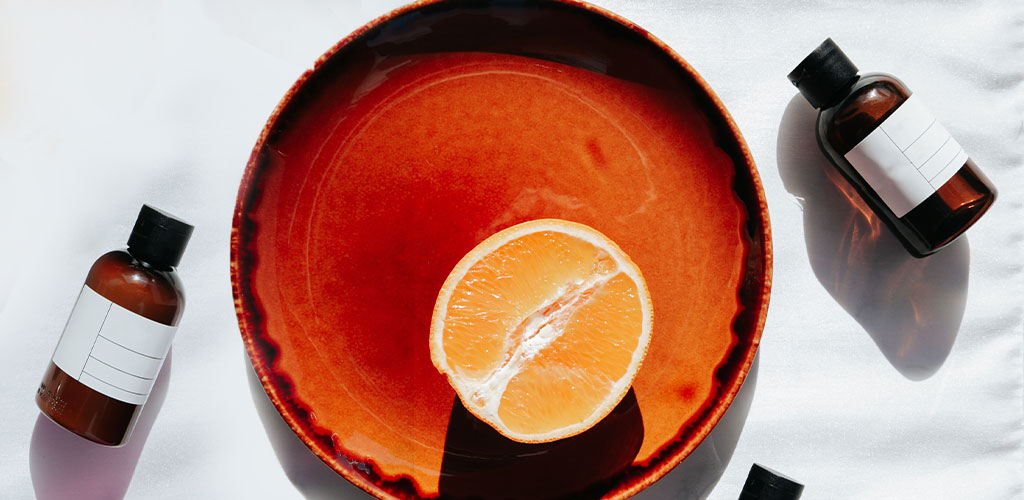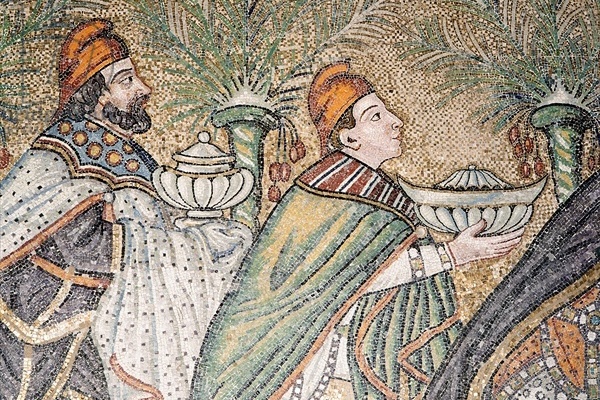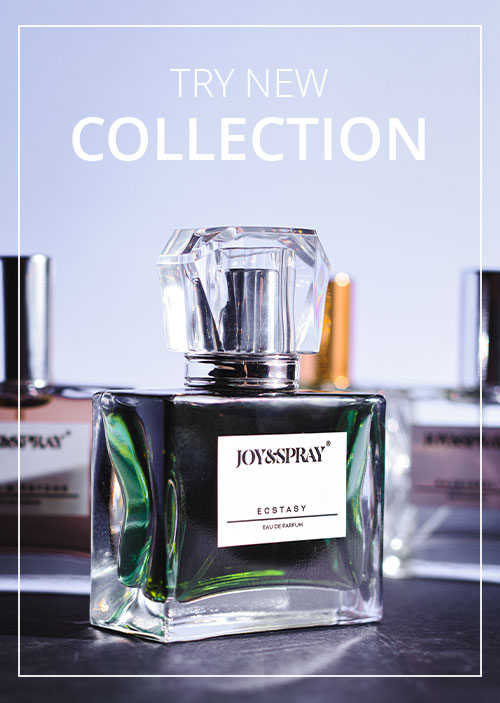“It’s so hard to describe scents in words!” This is one of the most common phrases I’ve encountered in my profession. It’s only rivaled by “smell is the most primitive of all senses.” Perfume marketers are particularly prone to wringing their hands over this issue. Our supposed inability to describe scents is blamed for perfume not being taken seriously and not being recognized as art. And well, the reasoning goes, since the sense of smell is so primitive, no wonder we can’t describe odors. Our brains simply don’t have the capacity for it.

As someone who interacts daily with people who can describe scents perfectly–and this includes not just professional perfumers, but also many of you who visit these pages, I don’t believe in our inherent lack of scent language. If we can’t describe scents, it’s because we don’t often have an opportunity to do so.
Both the idea that scents can’t be described and the primitive nature of the sense of smell would have seemed bizarre to Indians in the first millennium CE. In their society, aromas were a part of daily life, from religious ceremonies to seduction, and even, politics. Blending scents and using fragrant oils was not simply common practice, it was an essential element of culture. The art of perfumery was something performed by anyone wishing to be seen as educated and genteel.
Creating personal aromas and being aware of scents also meant that the discourse about odors has developed in tandem. Harvard scholar James McHugh offers many examples of fragrance descriptions in his book, Sandalwood and Carrion: Smell in Indian Religion and Culture. Like English, Sanksrit lacks scent-specific adjectives, so ancient writers had to resort to talking about scents as similar to something else in their world, but even so, the descriptions are very precise. “All of a sudden, he is fearful with a smell that is sour, acidic, or of a he-goat, bones or crab, angry, corruptible, miserable, ungrateful,” writes one elephant scholar in sixteenth-century Kerala (p.85).
Just because English speakers have difficulties talking about scents, it doesn’t mean that the problem is universal. Maniq and Jahai, languages spoken in southern Thailand and on the Malay peninsula, respectively, have an incredibly rich scent-specific vocabulary that describe odors in abstract ways, much like English speakers describe colors.
“For instance, hog badger (Arctonyx collaris) is described as smelling caŋə (a good aroma often associated with various foodstuffs) during the dry season,” write Asifa Majid and Ewelina Wnuk, psycholinguists at Radboud University in the Netherlands, in Cognition magazine. Or consider “itpet,” Jahai for the smell of different flowers and ripe fruit, including durian, soap, oud and a local jungle cat that smells of popcorn. It will come as no surprise that in various studies Jahai and Maniq people outperformed English speakers in their abilities to describe scents consistently and accurately (Majid and Wnuk, 2014).
But we need not pick up Jahai to rewire our brain and describe scents well. My Indian friends and family have often surprised me with excellent scent descriptions, especially pertaining to spices and flowers. Both sets of scents play a big role in Indian cuisine and religious traditions, forming a nuanced and complex olfactory palate from childhood. In another example, until the past couple of decades, blending scents at home was common in the Arab peninsula countries, and likewise, Middle Eastern scent descriptions are sophisticated and precise. Finally, with perfumery as part of France’s heritage, French offers a rich vocabulary of aromatic descriptors.
Meanwhile, we need to develop our own vocabulary and use our noses more. As a study at Centre de Recherche en Neurosciences de Lyon demonstrates, “the regions of the brain associated with olfaction are more developed in professional perfumers than in the general population” and that with practice, it’s possible to reverse the age-related grey matter reduction that affects the olfactory regions among the general population. The best part is that creating a language of perfume is in itself a special sensory delight.
Extra reading on the subject: How To Improve Your Sense of Smell and join us in developing your scent vocabulary in our bi-monthly Scent Diaries.
Of course, perfumers and fragrance professionals have coined their own language to talk about scents, and if you want to become fluent in it, please see Speaking Perfume : A-Z of Common Fragrance Descriptions.
Photography by Bois de Jasmin




